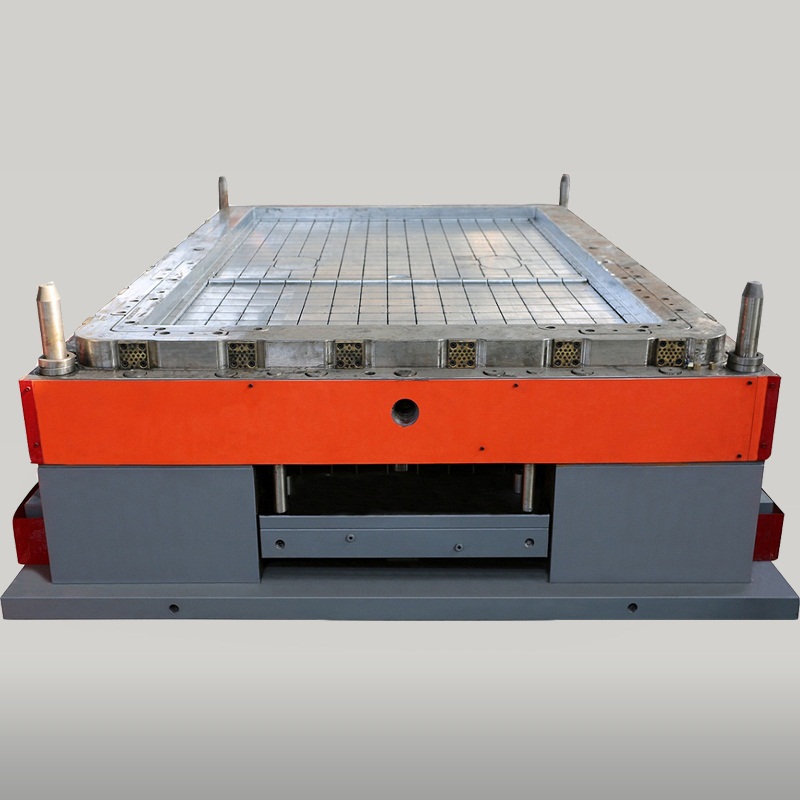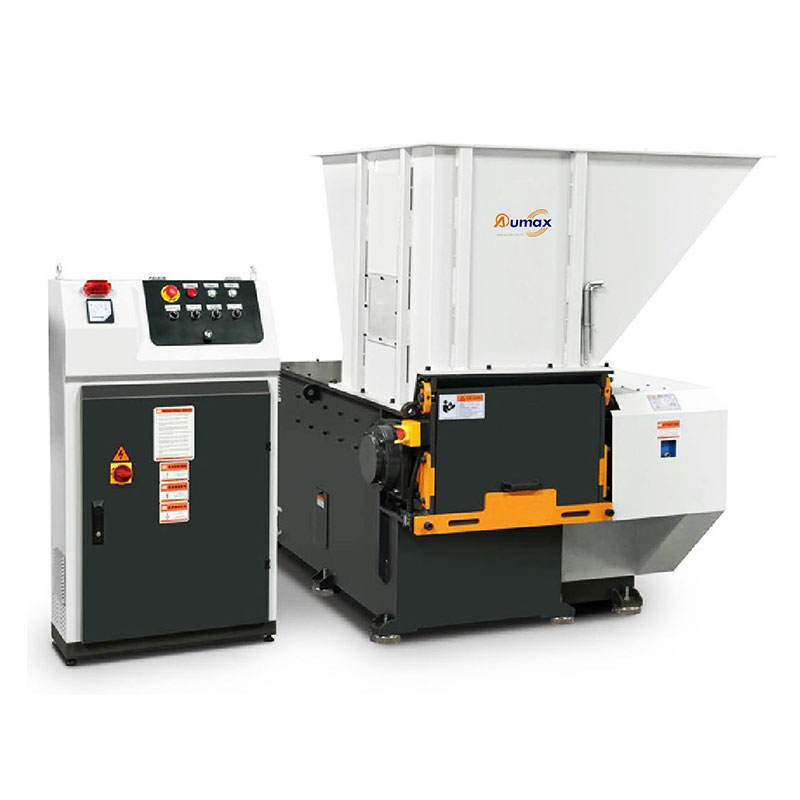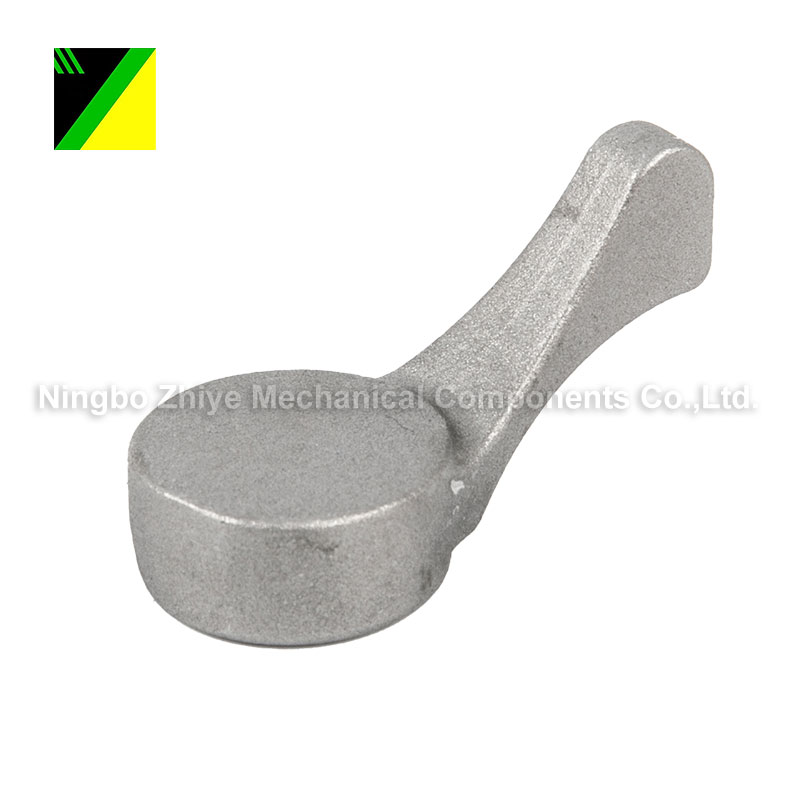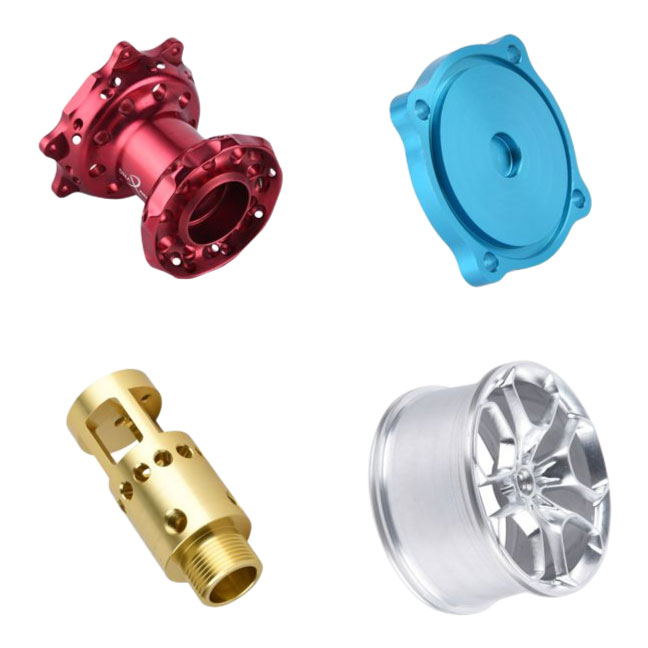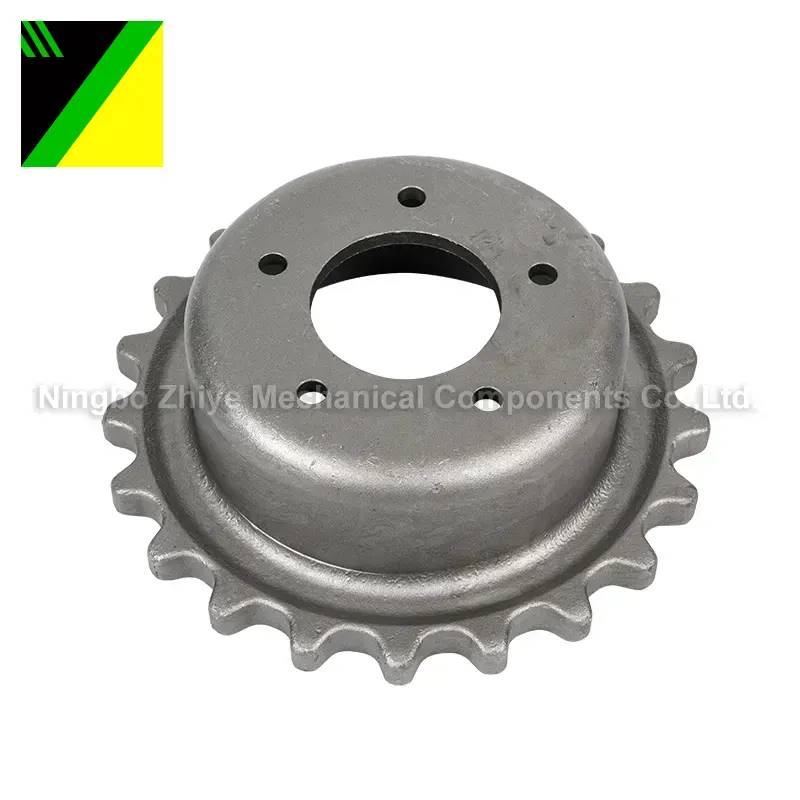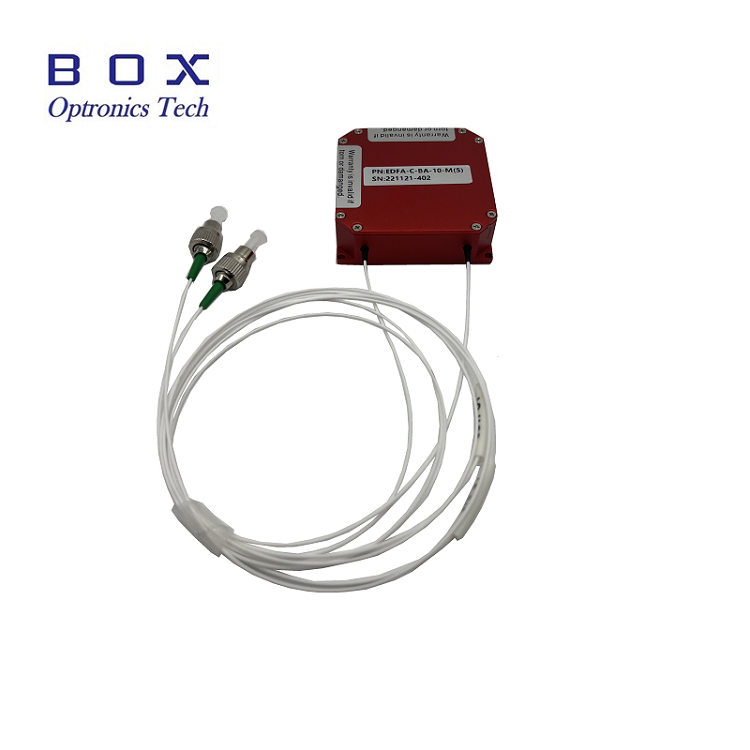Bathroom Chassis Mould
A bathroom chassis mold, or bathroom fixture mold, is a specialized tool used in the manufacturing of various components and fixtures found in bathrooms. These molds are designed to shape and form components such as sinks, shower bases, bathtubs, toilet tanks, and other bathroom-related products. Th......
Send Inquiry
Product Description
A bathroom chassis mold, or bathroom fixture mold, is a specialized tool used in the manufacturing of various components and fixtures found in bathrooms. These molds are designed to shape and form components such as sinks, shower bases, bathtubs, toilet tanks, and other bathroom-related products. The choice of material and design can vary depending on the specific bathroom fixture being produced. Here's an overview of bathroom chassis molds:
1. Mold Design and Fabrication: The design of a bathroom chassis mold is a critical step in the manufacturing process. The mold is engineered to create precise and consistent components, and the design includes the choice of materials, the layout of cavities and cores, and the overall structure of the mold.
2. Material Selection: The choice of material for the bathroom chassis mold is essential. Common materials for mold construction include steel and aluminum. The selected material should be durable, temperature-resistant, and able to withstand the molding process.
3. Molding Techniques: Various molding techniques can be used with bathroom chassis molds, depending on the specific product and materials involved. Some common methods include injection molding for plastic components, compression molding for composite materials, and cast or extrusion processes for certain fixtures like acrylic bathtubs.
4. Quality and Surface Finish: The molds used for bathroom fixtures must produce components with high-quality surface finishes and accurate dimensions. The final appearance and texture of the bathroom fixture's surface are determined by the quality of the mold's surface and the molding process.
5. Customization: Bathroom chassis molds can be customized to create components with specific features, such as faucet holes, drain openings, and various design details. The customization allows for the creation of bathroom fixtures that meet the specific needs of customers and manufacturers.
6. Safety and Durability: Bathroom fixtures are expected to be safe, durable, and capable of withstanding regular use. The molds used to create these fixtures must be designed to produce components that meet rigorous safety and performance standards.
7. Regulatory Compliance: The manufacturing of bathroom fixtures is subject to various regulatory requirements and standards, depending on the region and specific fixture type. Compliance with safety and performance standards is essential to ensure the quality and safety of the products.
Bathroom chassis molds play a significant role in the manufacturing of bathroom fixtures, including sinks, tubs, and shower bases. These molds are designed to produce components that meet both functional and aesthetic requirements, ensuring that bathroom fixtures are safe, durable, and visually appealing. The design and construction of these molds require precision and attention to detail to achieve the desired results in the manufacturing process.



